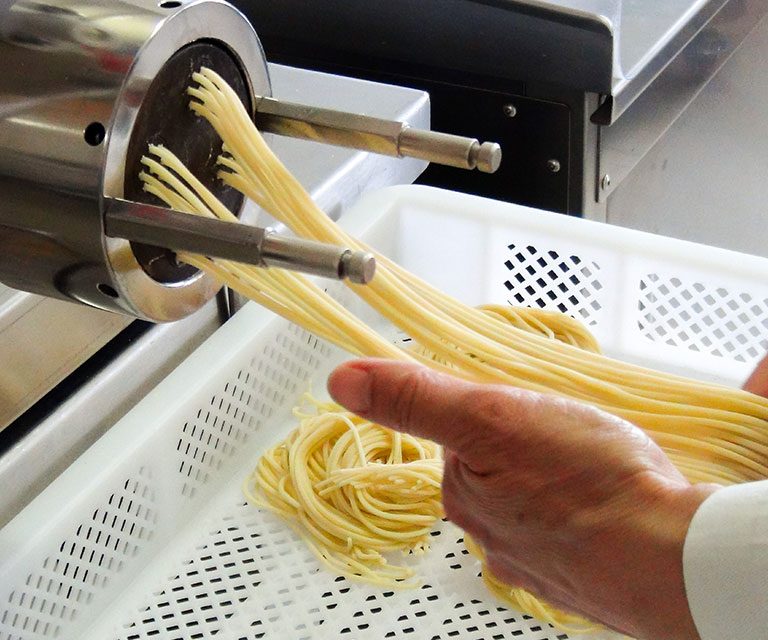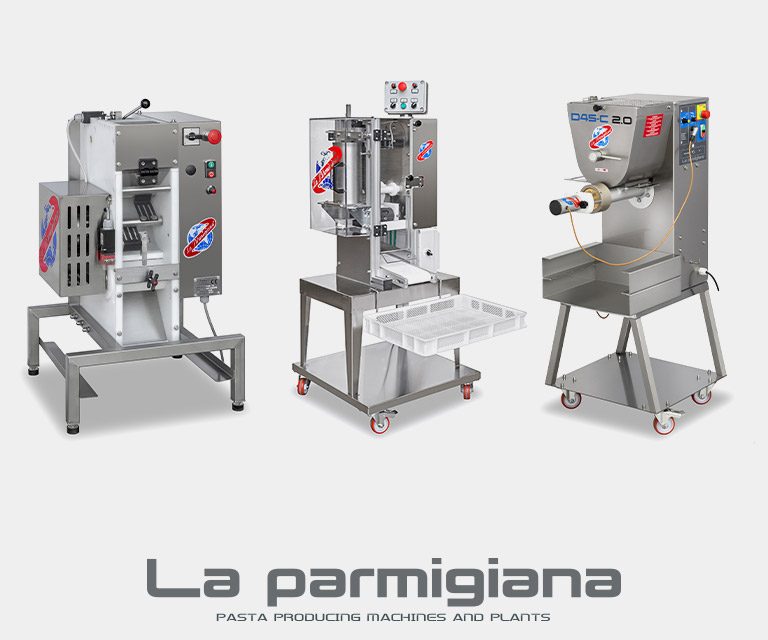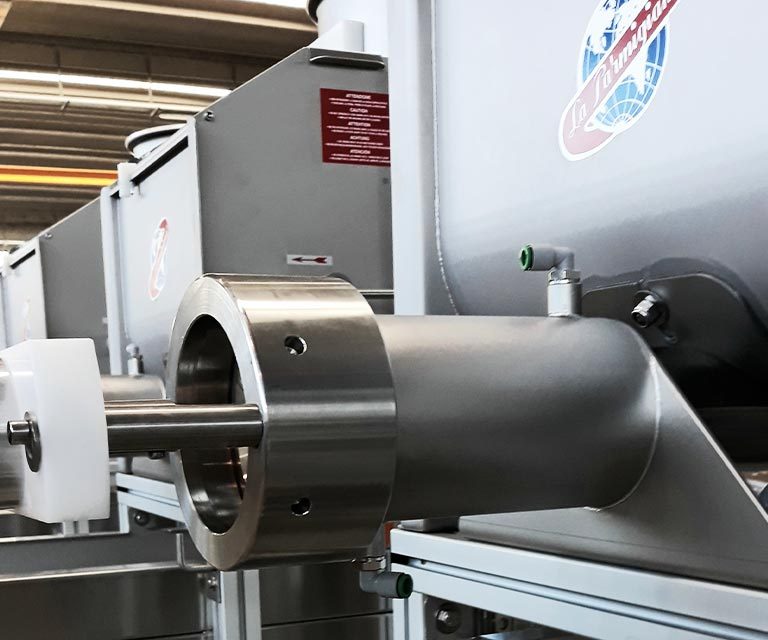Pasta machines: what is the real production capacity?
Speaking of catering or laboratory machines on the commercial / technical data sheets we read a rather important data which is that of production or production capacity. This data allows the correct sizing of the machine in relation to the real needs of the customer, avoiding as much as possible errors that could be quite onerous.
The production data should refer to the real capacity, with evaluation of the times for filling the tank, those of mixing and extrusion.
This figure differs greatly from the production capacity in extrusion, calculated in this case in the unit of time (minute) and multiplied by the hour.
When compared, the two figures obviously differ greatly from each other, the second being significantly higher than the first.
This lack of clarity is often used to boast unreal productions on machines of dimensions and characteristics that are normally of a lower category than those of the competition, but also of lower price.
The production capacity should therefore be expressed in real production of fresh pasta, also specifying that in extrusion, for greater clarity.
Normally this problem does not exist in line machines, which work continuously, where the reference to productivity is even identified thanks to a specific type of pasta (e.g. fusilli with 3 principles), produced with national semolina and 32% water (ref : La Parmigiana).







